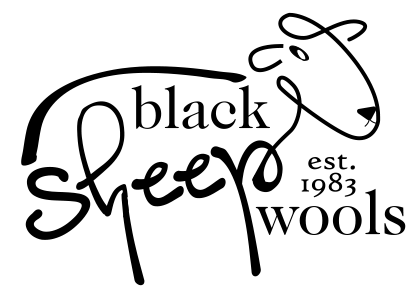Knitting Needle Conversion Chart
When learning to knit one of the first hurdles is understanding knitting needles. There are so many different sizes to choose from for various thickness of yarn, it is important to clarify this before you even begin choosing yarn. Knitting needles can come in many different guises from many lengths of straight pins to double pointed needles (DPN's) or circular. Have you been given someone's old set of knitting needles and can't quite fathom what all the numbers mean? We are here to help with a knitting needle conversion chart.In the UK and Europe most modern knitting patterns now use metric terminology for all knitting needles. Therefore all knitting needles are sized in milimetres (mm). This is quite easy to understand as the higher the number in mm, the larger the needle thickness will be.
If you were to find yourself a vintage pattern then you will notice a big difference. Needles were once sized differently, the higher the number, the smaller the needle size, e.g. what we now class as a 2mm knitting needle was actually a UK 14. A UK 14 was the smallest available, with the numbers decreasing all the way down to a 10mm - UK 000.
To add another spanner in the works there is just one more set of needle sizes to keep an eye out for, US sizes. On US knitting patterns you will see needle sizes listed from 0 upwards. Zero is the smallest size knitting needle, in metric a 2mm.
It is always helpful to have a quick reference tool to look back on, so we have created this useful knitting needle conversion chart.
Knitting Needle Conversion Chart
| Metric | UK | US |
| 2mm | 14 | 0 |
| 2.25mm | 13 | 1 |
| 2.5mm | ||
| 2.75mm | 12 | 2 |
| 3mm | 11 | |
| 3.25mm | 10 | 3 |
| 3.5mm | 4 | |
| 3.75mm | 9 | 5 |
| 4mm | 8 | 6 |
| 4.5mm | 7 | 7 |
| 5mm | 6 | 8 |
| 5.5mm | 5 | 9 |
| 6mm | 4 | 10 |
| 6.5mm | 3 | 10 ½ |
| 7mm | 2 | |
| 7.5mm | 1 | |
| 8mm | 0 | 11 |
| 9mm | 00 | 13 |
| 10mm | 000 | 15 |
| 12mm | 17 | |
| 15mm | 19 | |
| 20mm | 36 |
